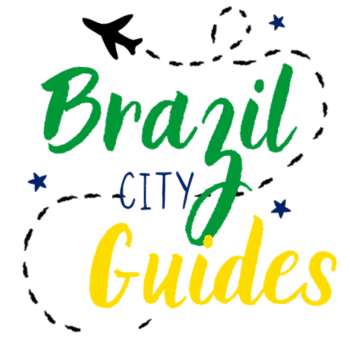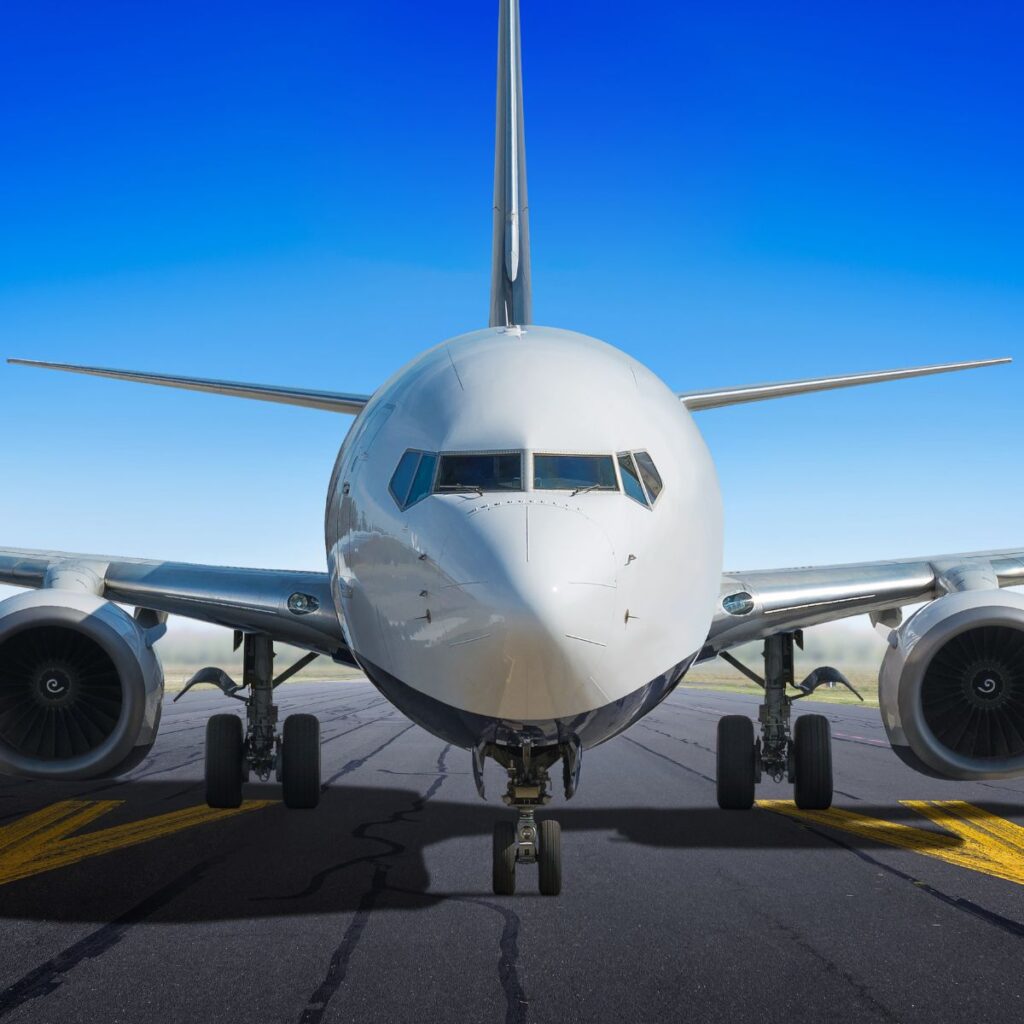One of the most stressful parts of traveling is definitely packing. I don’t know about you but I always somehow forget what are the limits for liquids and such on a TSA packing list.
To save you the trouble of having to deal with a disgruntled TSA Officer at a security checkpoint, let’s go together through every category of your personal items for an incredible traveling experience beyond flying in the United States.
Make sure to round out your travel planning by reading our travel to brazil guide. Now back to it!
Each of these categories is made of items you can either put on your carry-on baggage or on a checked bag. What matters is making sure you can go through airport security easily and have a great travel experience.
Because it doesn’t matter if you are going abroad, you will have to deal with the transportation security administration once you’re home.
With recent TSA updates and tech advancements at checkpoints, packing smart is no longer optional—it’s essential to avoid delays and breeze through security like a pro.
Toiletries
When it comes to our toiletries, you don’t need a TSA officer to tell you what are the rules for carrying the necessary liquids. We just need our cell phones or computers to find out about the three-one-one-one rule.
Valid for all of our carry-on luggage, it states that every passenger is entitled to 3.4-ounce containers. All of them in a single quart-sized bag and one bag per passenger.
Everything beyond those travel-size containers needs to go in a checked bag or you will have to throw it away at the TSA checkpoint.
There are a few items that are exceptions to the 3-1-1 rule, mostly baby items like baby food, baby formula, breast milk puree pouches, and liquid-filled teethers. Gel packs, ice packs, and freezer packs are also exempt. For fresh items, it is best to look for updated info before every flight.
TSA Packing List: Medicine
If you need to carry stuff to deal with any medical conditions, the rules for carry-on luggage are a little more lenient. All kinds of prescription medication can go on your carry-on baggage, both liquid and solid, beyond the 3-1-1 rule.
All you need to do is take them out of your bag before the security checkpoint and present them to the TSA officer, along with the prescription.
The TSA guidelines are pretty loose when it comes to medical devices, pretty much all of them can go with you after some additional screening procedures at the security check point. Depending on how full the plane is, it might need to be checked at the gate by flight attendants. Mobility devices might need to be checked too.
TSA Packing List: Hair and Skin Care
The Transportation Security Administration, aka the TSA, and every TSA officer will tell you that no matter what category your things fall in, the liquid rules are always the same.
So your personal items should be in travel-size containers on your carry-on baggage, or else you will have to dump them at the airport security checkpoint. Yes, even if there is just a little left on a big container.
As for skin care items, they aren’t always liquid or in gel form so the 3-1-1 rule won’t be too important. All you need to do is pack your things in clear plastic bags in case you need to show them to airport security.
TSA Packing List: Food
You might ask me if you can have food on your TSA packing list and the easy answer is yes. There are a few different rules to pay attention to.
Solid foods easily go through the security checkpoint after a short X-ray screening. All liquids and gels will fall under the 3-1-1 rule, no matter if they are food or not. Frozen liquid things are counted as solid so long as they are completely frozen.
Medically necessary items like gel packs don’t have a limit on the amount you can carry, they just
need to go through additional screening procedures. Baby food like puree pouches or breast milk also has no restriction on the amount, it just needs to be in small travel-size containers.
TSA Packing List: Alcohol
When it comes to alcoholic beverages, the Transportation Security Administration has very clear guidelines.
Your carry-on baggage will follow the standard liquid rules: three containers that fit four ounces of liquid, all packed into a clear quart-size bag. Remember that the TSA officer won’t make a distinction between categories, so be mindful of what goes on with you on the plane.
Your checked bag follows slightly different liquid rules. We can bring up to five liters of alcohol (1.3 gallons) on a plane, even on international flights! The aspect we need to be careful with is the alcohol percentage since alcohol over 140 proof is prohibited no matter the amount.
Alcohol Over 140 Proof
First, let me explain what is this kind of alcohol. It is every kind of alcohol, both for drinks and other uses, that has over seventy percent alcohol content.
It usually comes from some types of grains, sugar cane molasses, or beet sugar. TSA rules are very strict about this kind of alcohol since most are highly flammable liquids.
It is entirely forbidden to carry it, whether on your carry-on baggage or checked bag. So in case you would like anything with that much alcohol percentage, your best option is to have it delivered to your accommodation.
TSA Packing List: Bottled Water and Canned Food
As I’ve mentioned before, a TSA packing list can include canned food without a second thought. Just be prepared to deal with additional screening procedures.
If are taking some canned items, it would be best to get to the airport with some time to spare. You never want to risk losing your flight because of the security checkpoint.
Bottled water will not pass by the TSA officer responsible for the screening checkpoint. Even if it is in its unopened retail packaging, it is above the limit allowed for carry-on baggage.
What I always do is carry a reusable bottle, either insulated or collapsible, to fill up after going through security. Most airports will have drinking fountains to do this.
Sharp Objects
The rule of thumb is that sharp objects cannot go on a TSA packing list for your carry-on baggage.
Sometimes small items like those tiny nail clippers or school scissors are allowed through but the final decision rests with the TSA officer going through your bag. I always put them in my checked bag just in case.
When packing every single sharp object for your flight, make sure it has the edges protected. In case your bag is inspected, no workers are at risk of being harmed.
Weight Limits for your Carry-on Luggage and Checked Bag
Although there may be different limits for international flights, you need to prepare for the off chance you have a domestic flight in the United States.
Your carry-on can be anything between 25 and 50 pounds, depending on the airline. Checked bags can weigh from 40 to 70 pounds, depending on your flight class and airline.
Your best friend will be Google. Just throw in the airline name and weight limits to find exactly how much space you will have.
Besides what you can or can’t bring through the security checkpoint, knowing that items like cell phones have to go through the x-ray, keep in mind that the final decision rests with TSA anyway.
It definitely helps to get the TSA PreCheck, your chances to get a TSA officer in a good mood are a lot better. And always double-check that perishables like breast milk or homemade baby food, if you travel with babies, are well packed.
And when your checked bag is on its way on a long flight, make sure the locked padlock is an approved model. I bought mine at the grocery store a few years ago, you can look for them everywhere! It can be any brand, so long as it has that universal key opener on the bottom part.
But because any person could technically open your bag, take all the sensitive information on the bag you carry everywhere.
If you want a little extra help with packing, there are a few more articles on our blog! We have one just about flying with alcoholic beverages, another to help with putting together a perfect toiletries packing list respecting the TSA liquid limit, and even a comprehensive packing list for your beach vacation. Still have a question? Drop a comment!


